Image Gallery: Life at the North Pole
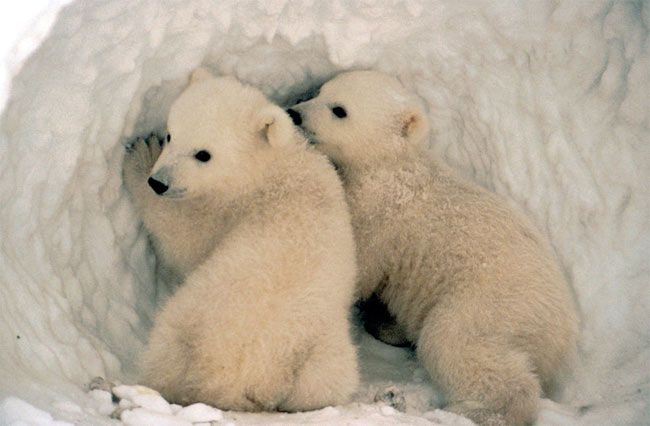
Life at the North Pole
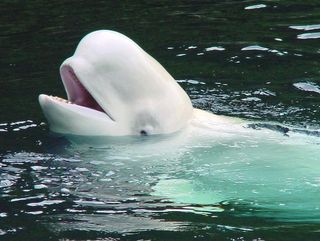
Beluga whales are often referred to as white whales. They inhabit the Arctic waters and survive by finding holes in the ice in order to surface and breathe. Their ability to locate these ice openings amazes scientists since an ice pack can cover around 96 percent of the surface. Researchers suspect that belugas adapted their echolocation abilities to locate openings from beneath the water.
Life at the North Pole
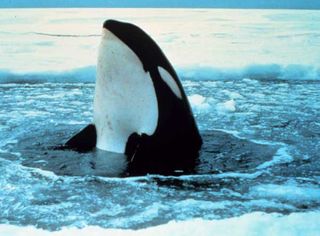
Killer whales are one of the few animal species that are found in the Arctic and Antarctic. They migrate to Arctic waters in the summer, but don't venture into the ice pack. They have wide swimming ranges and have been found in freshwater rivers.
Life at the North Pole
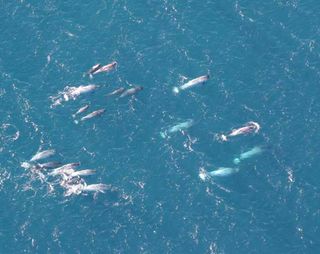
Narwhals are considered the unicorns of the ocean and live along the Atlantic and Russian areas of the Arctic. The males are distinguishable by their long tusks, though there are rare cases of female narwhals with tusks. Experts suggest the tusks function as a secondary sex characteristic, similar to a peacock's tail. Narwhals have rarely been observed using their tusks for fighting.
Life at the North Pole
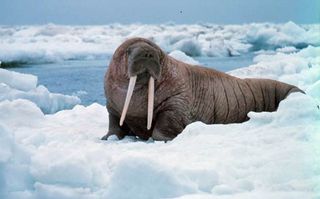
Walruses play an important role in the day-to-day survival of indigenous folks who live in the Arctic region. The Inuit hunt the walrus for its meat, fat, skin, tusks and bone. The walrus' blubber allows it to live in both in Arctic waters and on the land.
Life at the North Pole
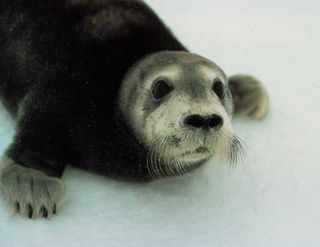
Bearded seals are the largest species of Arctic seal. They're also not shy; males' songs can be heard for up to 12 miles away. They're often found on drifting sea ice.
Life at the North Pole
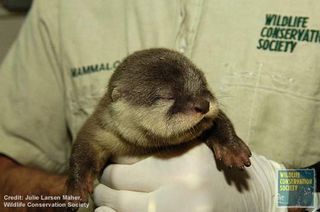
The sea otter is one of the rare mammals that can live its entire life without leaving the water. It has the densest fur of any animal, which allows it stay warm without the need for blubber. The animals need to eat between 25 and 40 percent of their body weight each day to keep from freezing.
Life at the North Pole
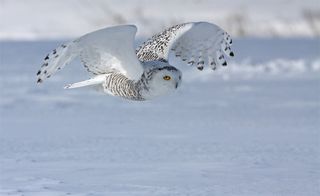
The snowy owl is an efficient predator, with lemmings taking the top spot as their favorite prey. The birds find the rodents so tasty that they'll eat three to five lemmings a day.
Sign up for the Live Science daily newsletter now
Get the world’s most fascinating discoveries delivered straight to your inbox.
Life at the North Pole
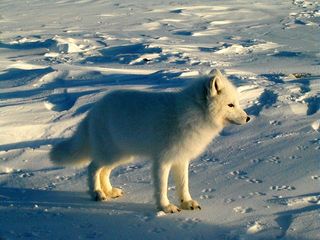
You can tell it's winter when an Arctic fox has its cold-weather coat on. While its fur is white during winter, it turns brown or gray during warmer months.
Life at the North Pole
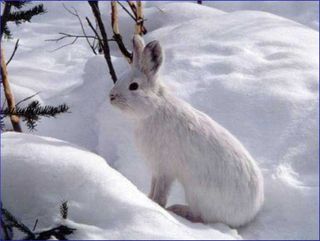
The showshoe hare has unusually large feet that keep it from sinking into the snow as it hops and walks. They tend to be shy and some are nocturnal.
Life at the North Pole
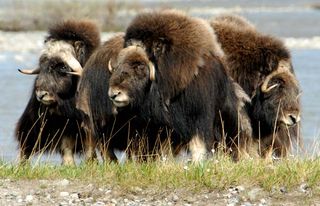
Like other herd animals, the muskox prefers to travel in packs of between 10 and 20 individuals. This herd mentality allows the animal to ward off predators such wolves. When threatened, the animals will form a semi-circle to protect their young.
Life at the North Pole
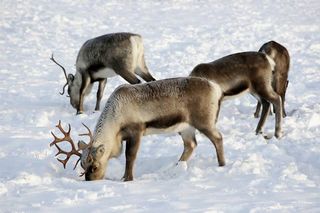
They may be known for pulling Santa's sled, but reindeer are an even bigger help for natives that live in the Arctic region. The animals are raised for their meat, hides, antlers, milk and a means of transportation.











